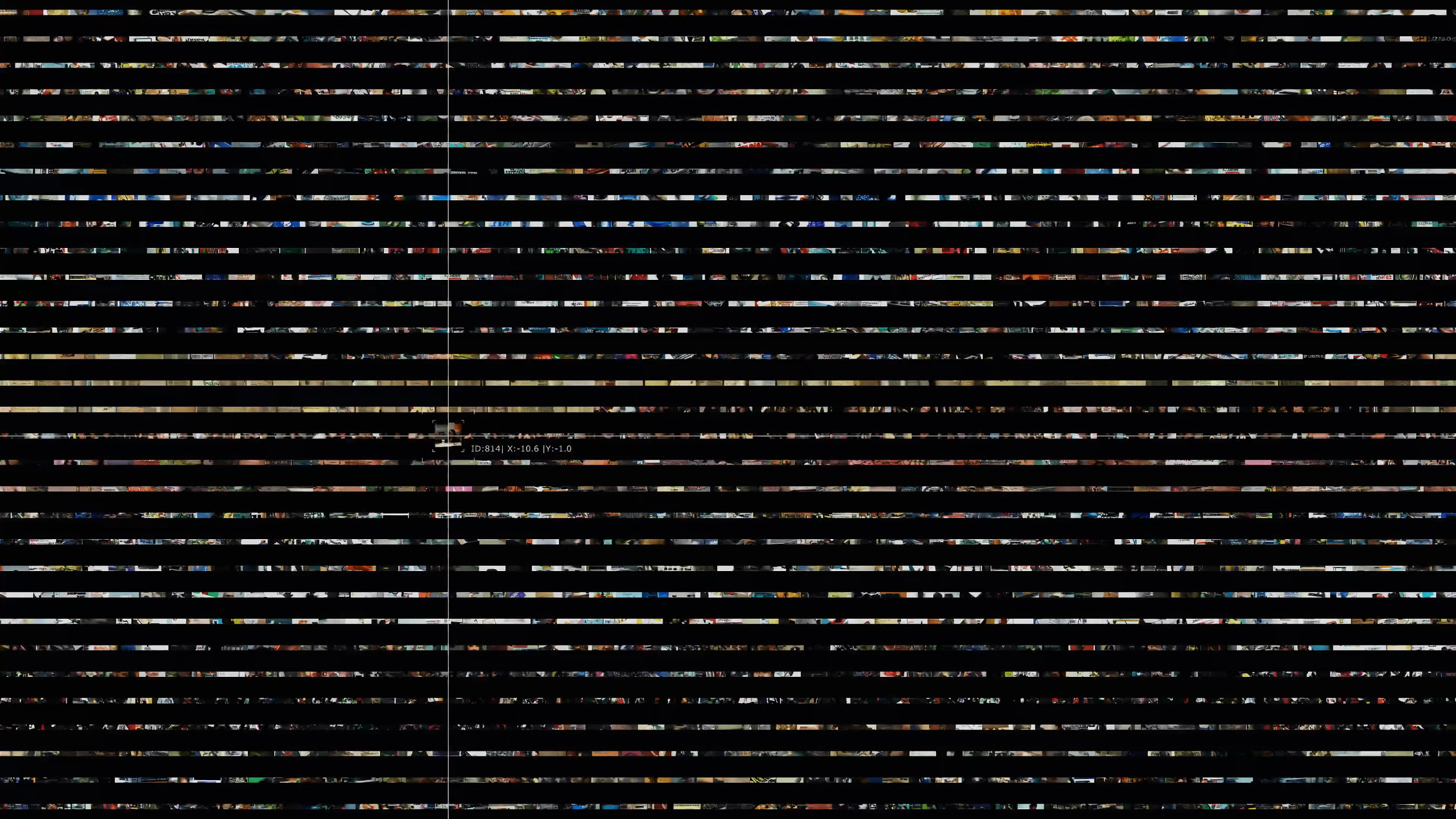SPAM2GAN
SPAM2GAN is a new audiovisual real-time artwork connecting SPAM and GAN’s in a novel way. Spam from the artist his personal inbox is transformed into GAN’s and text-2-speech.
Spam is often considered the quintessential symbol of the dark side of our digital culture. Digital messages containing requests for account information and passwords, proposals to spend money on vague products and services, or simply poorly written pleas by spambots trying to trick you out of money. Since the first commercial applications of email emerged in the 1990s spam has been ubiquitous, annoying and seemingly unavoidable, despite many attempts to fight this “dangerous plague” by spam detection and filtering software. For many of us, spam remains a form of unsolicited communication that demands a piece of our limited available attention. But what if we look at spam through another lens? In this new iteration of his AI-driven art works, Frederik De Wilde questions spam from a different critical perspective. What if spam becomes a form of entertainment? Or what if we treat spam as a source of information that contributes to the ever-changing narrative of our times, as a form of storytelling that gives us a deeper insight into how digital culture is shaped? What does the nature of spam, spreading through our social networks like a virus, tells us about erratic changes in society? Frederik De Wilde is fascinated by how the format and content of spam has shifted over the past 20 years, and by its ramification in wider society. For this work, he draws on a collection of spam messages he has gathered over the years. The body text of these messages is then used to generate images through the use of Generative Adversarial Networks (GANs). In the next step, the generated images and the texts are combined by employing a custom software patch in Touchdesigner. By adding computer voices that read out the selected digital messages, he literally gives a voice to the producers of spam in non-descriptive office buildings or homes everywhere in the world, a community of hustlers, bots, pharmaceutical swindlers, shifty marketers and identity fraudsters.
SPAM2GAN forms a diptych with Hyperminer_Extracted Earth (2021) that makes us ponder the nature of data. Can we mine data like minerals or do we produce them? Both works also reveal our ambiguous subjective relationship with data. When we extract data or produce data by the act of modelling it, how does data – like the one collected by De Wilde – shape us? Having explored the unsuspected sides of ai-driven genetics, deep sea mining and digital artifacts such as NFTs in this work, SPAM2GAN, De Wilde shows us another telling shadow history of our digital culture.
SPAM2GAN video extract: all rights reserved, studio de wilde, 2021.

